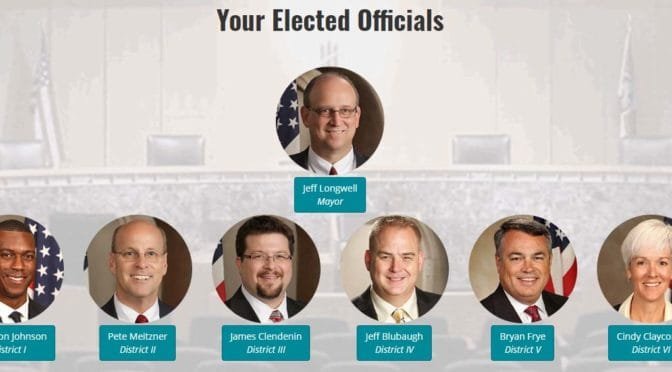Tag: Greater Wichita Partnership
-

Project Wichita survey
The Project Wichita survey is about to end. Will it have collected useful data?
-

Wichita jobs up
Wichita employment trends are positive for three consecutive months.
-

Sedgwick County jobs
Sedgwick County had fewer jobs in 2017 than in 2016.
-

Wichita unemployment rate falls
For April 2018, the unemployment rate in the Wichita metropolitan area fell, and the number of jobs grew.
-

Wichita in ‘Best Cities for Jobs 2018’
Wichita continues to decline in economic vitality, compared to other areas.
-

Personal income in Kansas and Wichita
Personal income in Wichita and Kansas has declined.
-

Wichita metropolitan area population in context
The growth of population in Wichita compared to other areas.
-

Wichita unemployment rate falls
The unemployment rate in the Wichita metropolitan area fell. So too did the number of jobs.
-

How much will this cost Wichita taxpayers?
How much, if anything, do tax abatements cost?
-

Liquor tax and the NCAA basketball tournament in Wichita
Liquor enforcement tax collections provide insight into the economic impact of hosting NCAA basketball tournament games in Wichita.
-

Effect of NCAA basketball tournament on Wichita hotel tax revenues
Hotel tax collections provide an indication of the economic impact of hosting a major basketball tournament.
-

Why Wichita may not have the workforce
If Wichita-area companies can’t fill jobs, the declining labor force may be the reason. Who is responsible?